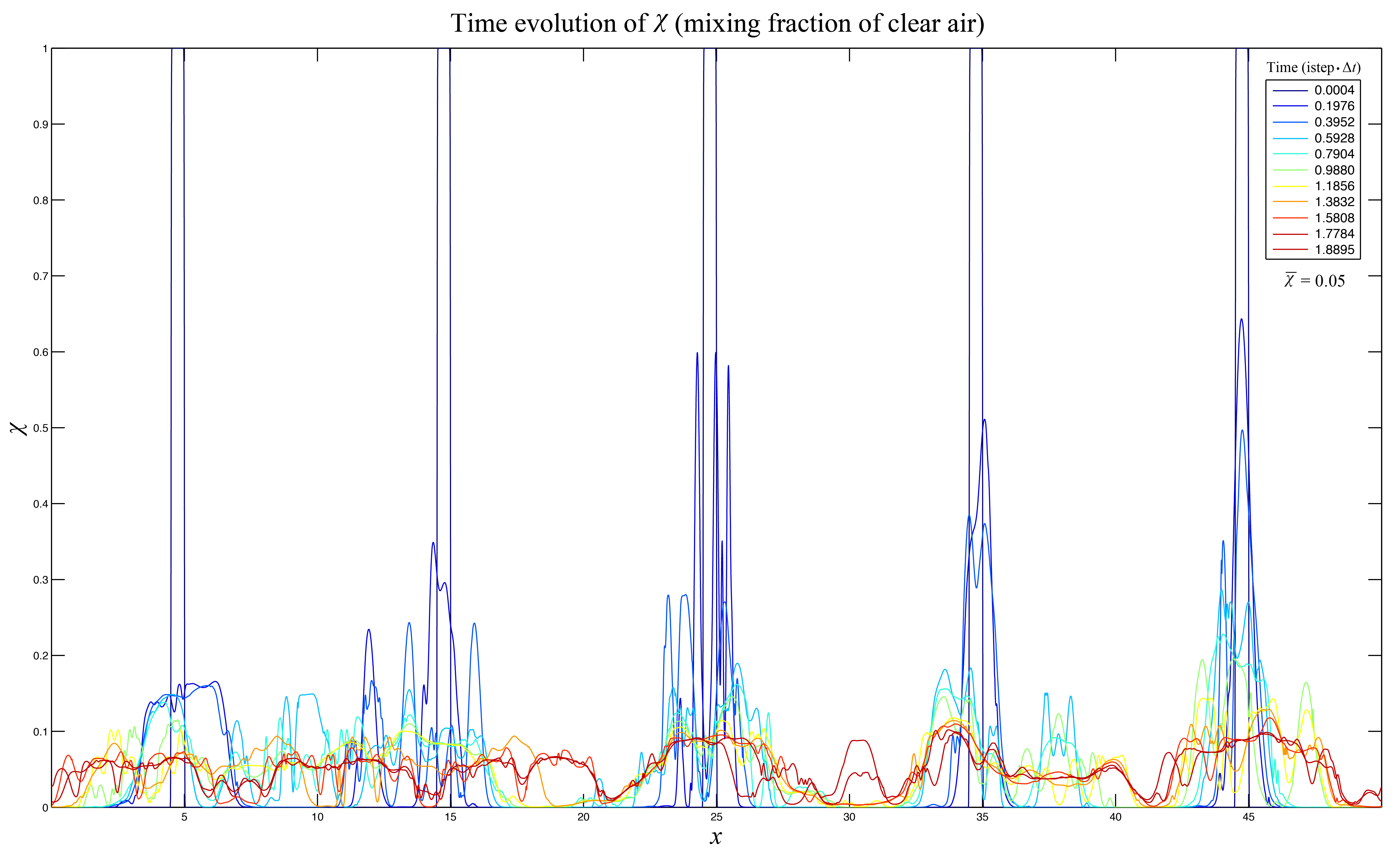
|
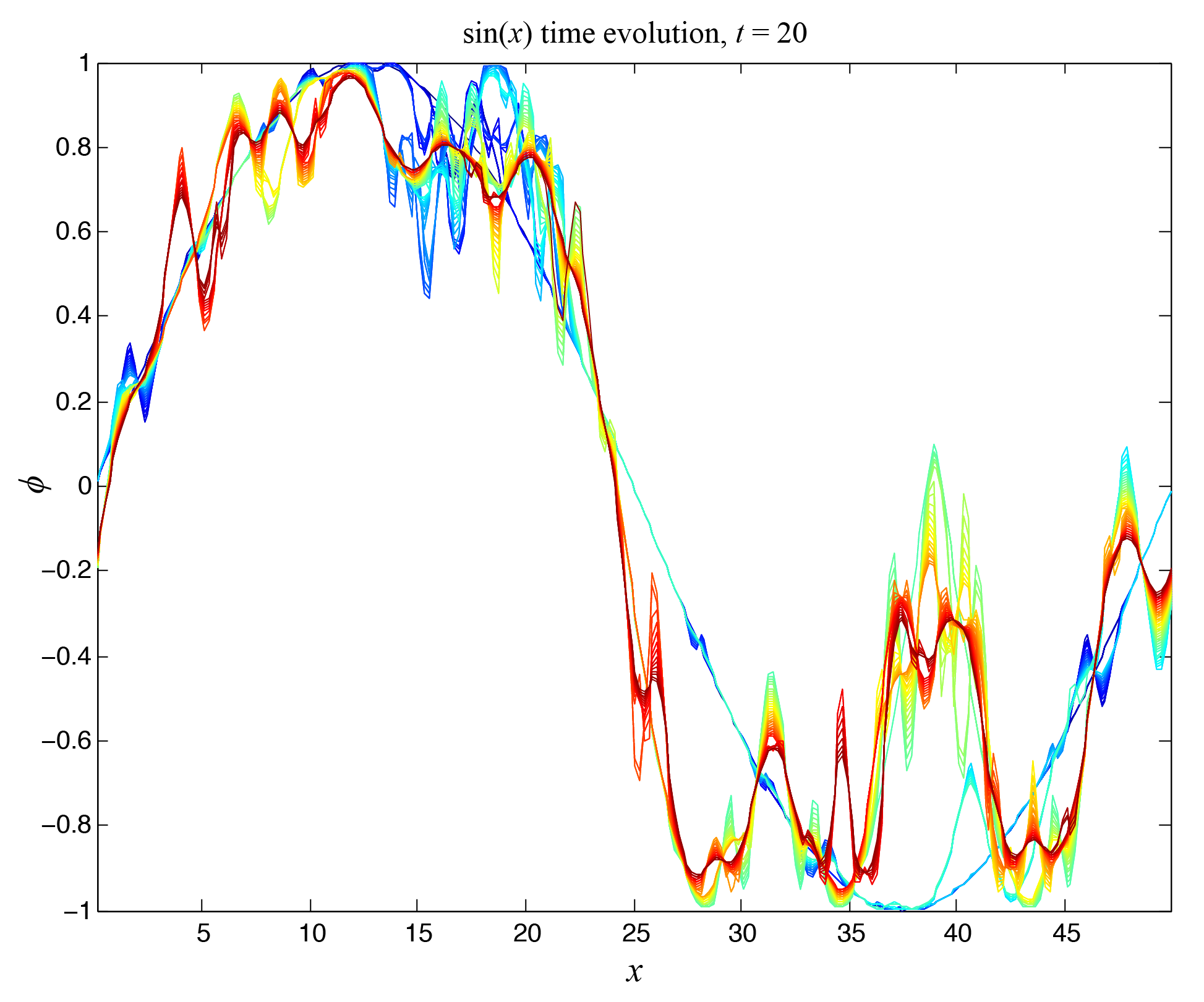
|
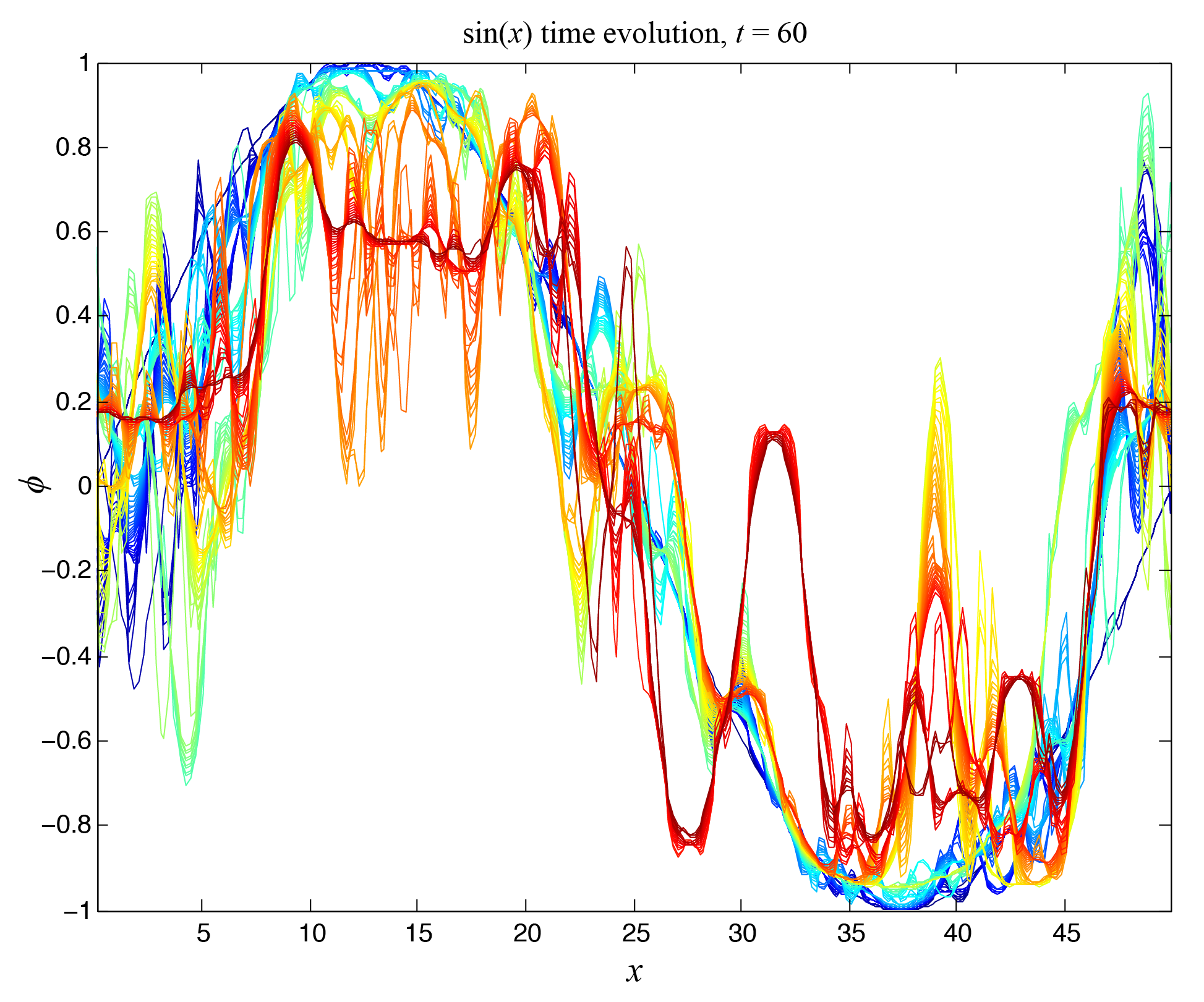
|
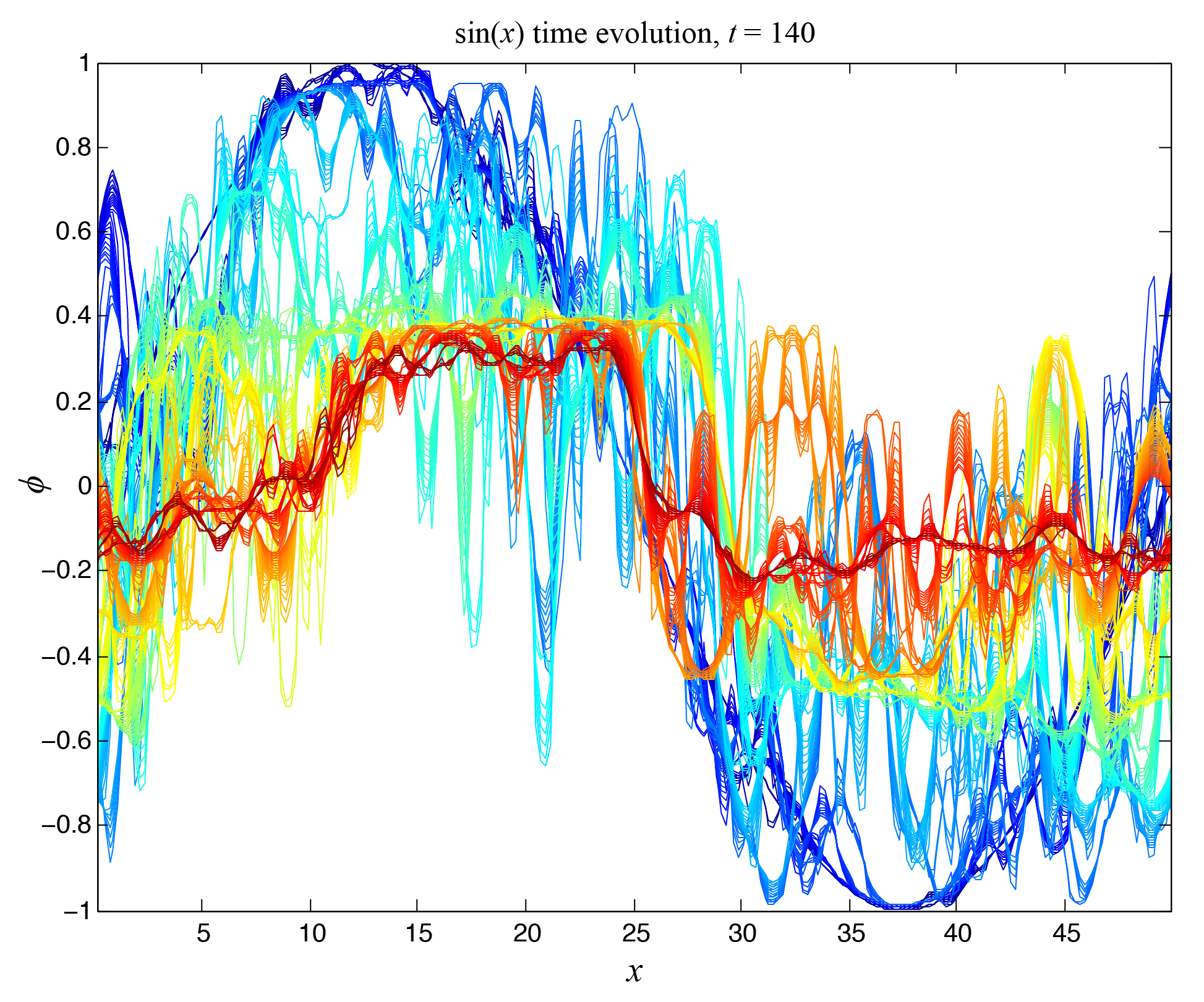
|
dt_nInt_t60.png)
|
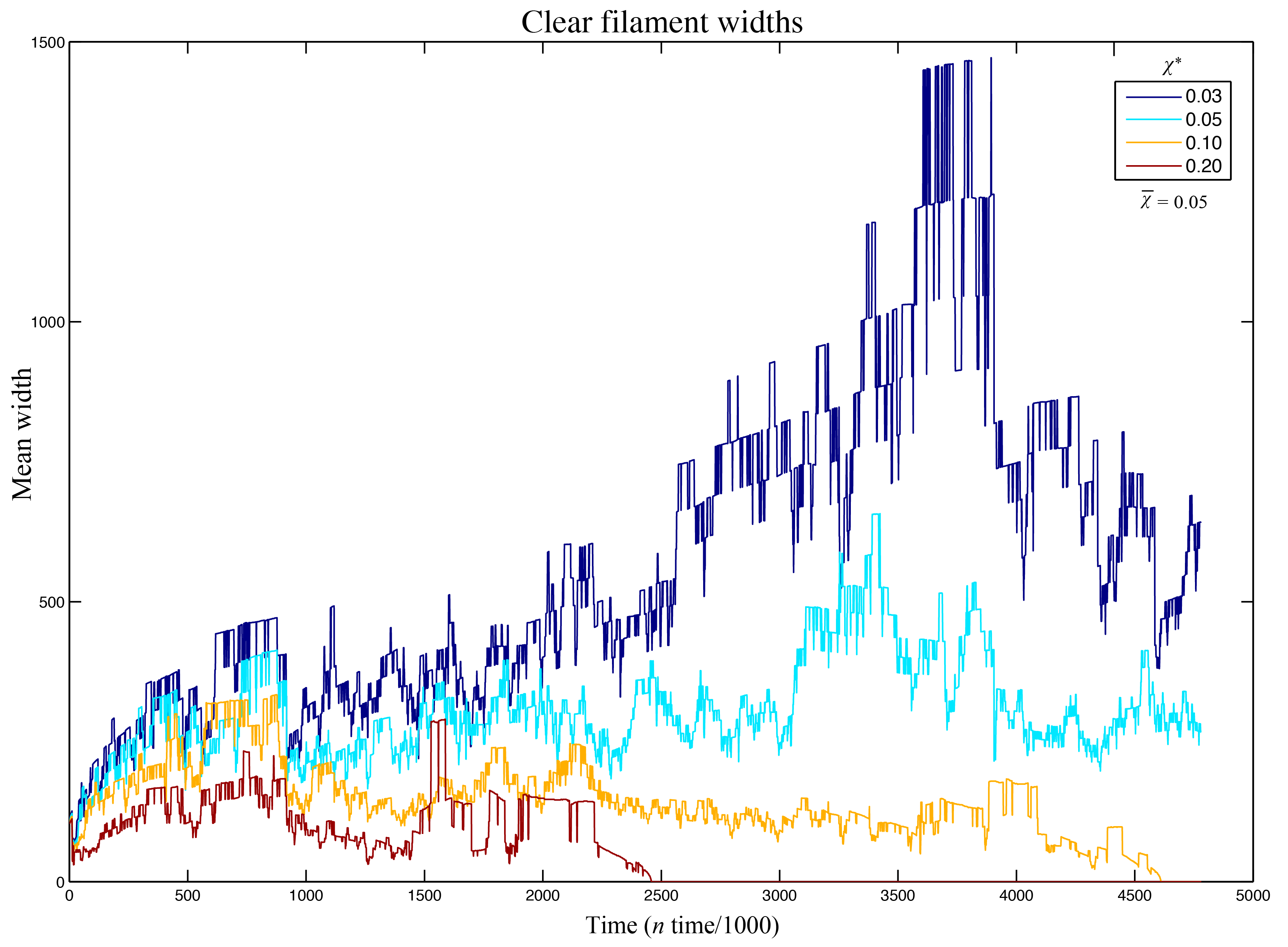
|
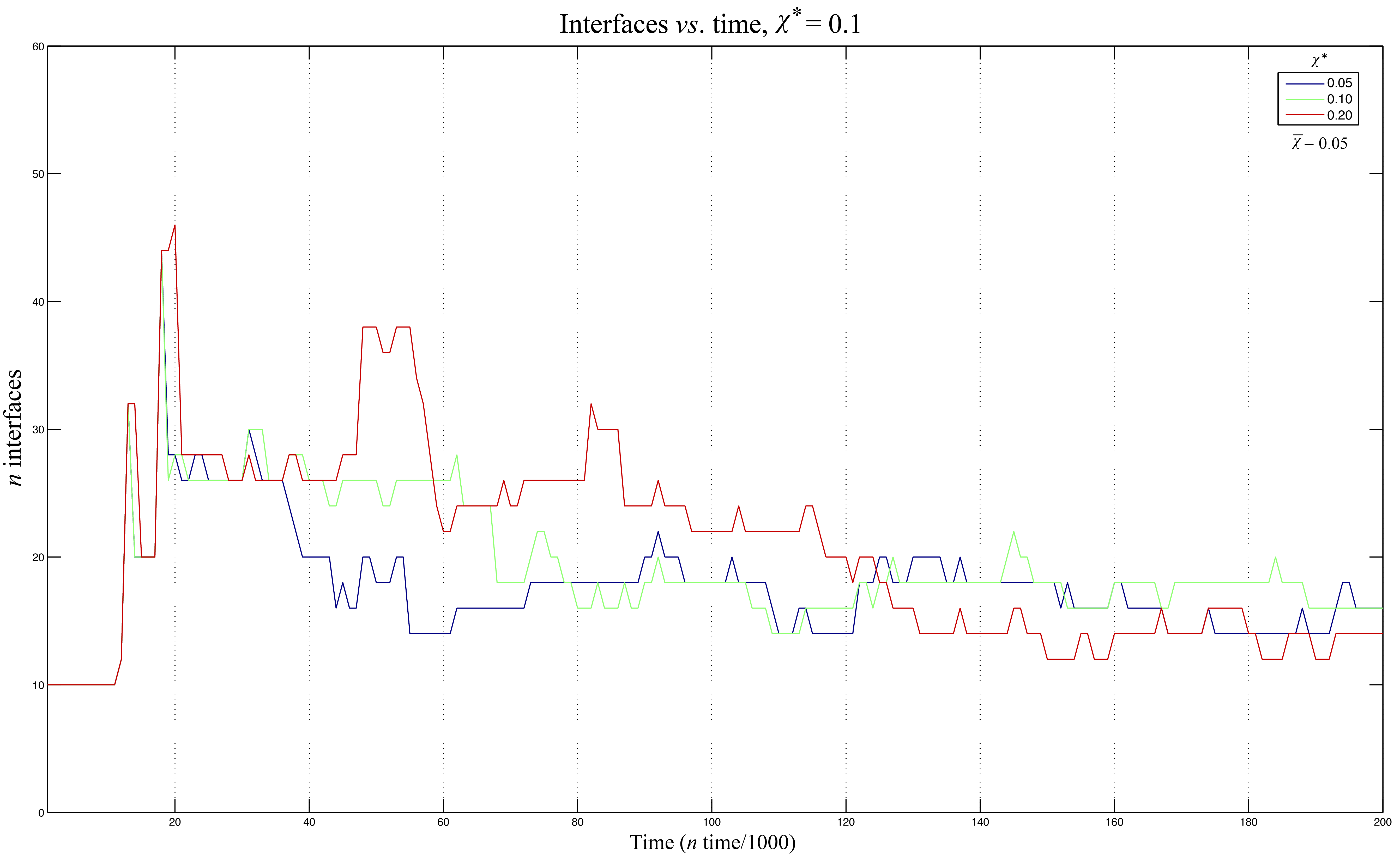
|
| Top |
| HOME | ABOUT | RESEARCH | METEOROLOGY | PROJECTS | PORTFOLIO | LINKS |
Cloud modeling (UCSC) |
|
Project summary
Numerical Modeling of Entrainment and Turbulent Mixing in Cumulus Clouds Understanding the mechanisms responsible for warm-rain initiation (i.e. formation of precipitation embryos) has been one of the central cloud physics problems since the 1950s and remains as yet unsolved. Various hypotheses have been proposed to explain precipitation embryo production, including the presence of giant cloud condensation nuclei entrainment of cloud-free air and turbulent mixing. The goal of the proposed research is to further develop an explicit mixing parcel model (EMPM) in order to better understand the impact of various processes on the rapid development of rain in cumulus clouds. We plan to use the EMPM with droplet growth to evaluate the effects and relative importance of several physical mechanisms that have been proposed to explain precipitation embryos formation. The mechanisms that we propose to investigate are: (1) entrainment and mixing, (2) droplet inertial effects. Key questions to be addressed include the impact turbulent mixing has on droplet collision rates, evaporative cooling, buoyancy, and cloud dynamics. Improved models will allow us to better evaluate the effects and relative importance of several proposed physical mechanisms to explain rapid droplet spectral broadening and rain initiation in warm cumulus clouds. We expect that our ability to realistically model droplet spectral evolution in cumulus clouds will be significantly improved as a result of the proposed research. We also expect that our understanding of the relative importance of various proposed mechanisms will be increased. EMPM’s high spatial resolution allows direct comparison of results to fine-scale aircraft measurements. This research is an extension of Krueger et al. 1997, Modeling Entrainment and Finescale Mixing in Cumulus Clouds. |

|

|

|

|
dt_nInt_t60.png)
|

|

|
| Top |